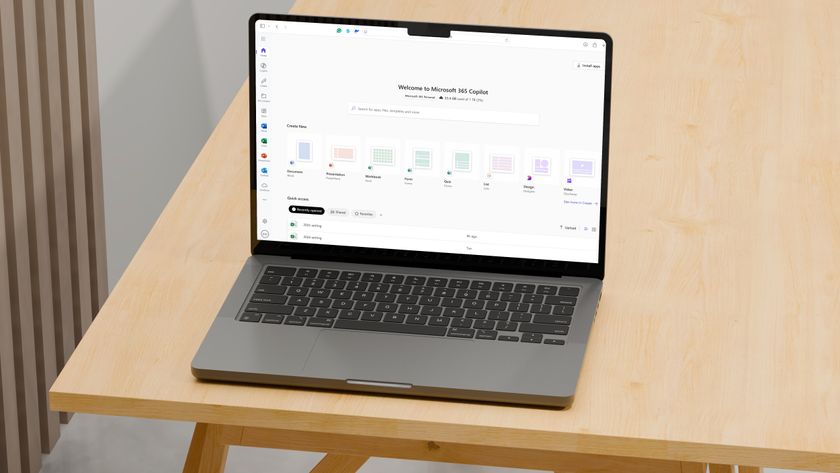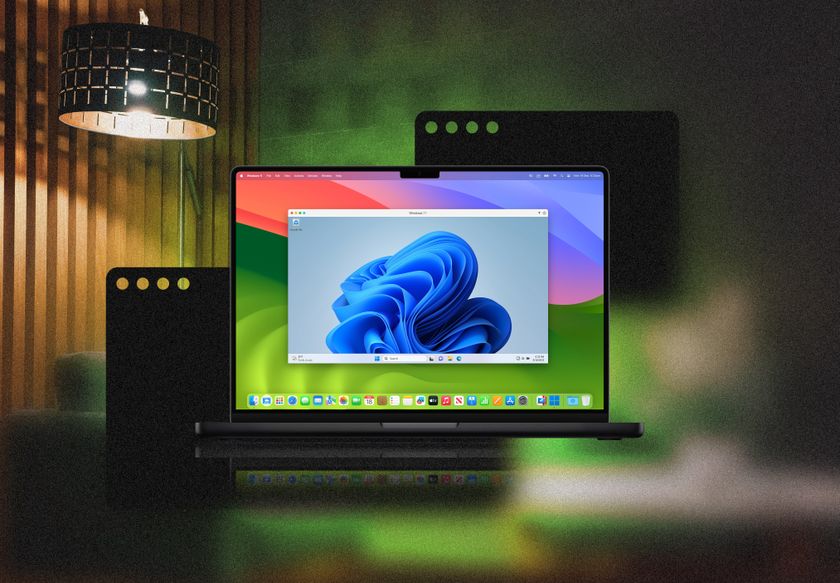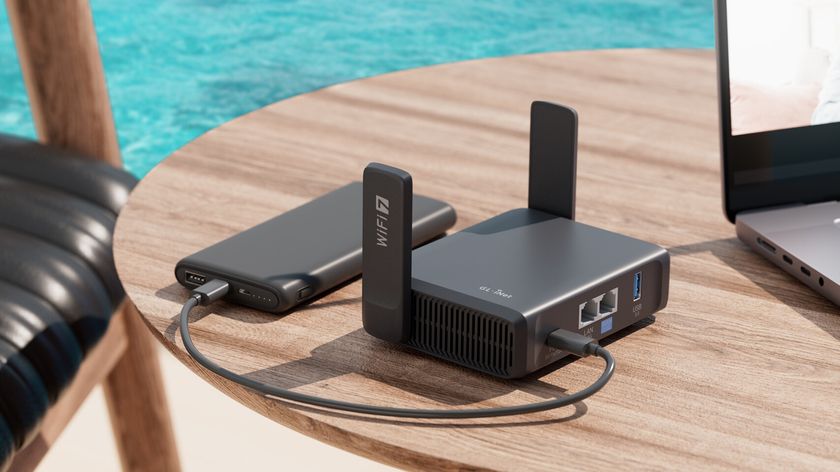Docker on Windows Server: how will it work?
Effective feature parity with the Linux side
"You pull down an image from the Docker hub and activate that container, then you can inject code, using say a package manager, and create another image from that. And that image I'm creating doesn't copy the base image – it just references it.
"And then I can take that layer I just created and post it into the Docker hub… When somebody else pulls down that image, it has a reference to the base image – the Docker engine says 'this image from Mark that you're pulling down references Ubuntu's image and that's not already present on the host', so it goes and gets it. So you need that layered namespace virtualisation for those references to work.
"The other aspect is resource controls. We're strengthening the resource isolation to provide the level and the types of controls C groups do on Linux."
Drawbridge lessons
And yes, Microsoft is using what it learned from building its Drawbridge research operating system to build in Docker support, just as it's taking advantage of having already done file and registry virtualisation in the Windows client. But what you'll get isn't the same as the Drawbridge library OS containers. "Drawbridge was one layer again; it didn't have this stacking concept," explains Russinovich.
"In some senses we have the pieces we've developed over time in different places, and we're putting them together and packing them up to create this Windows container concept that can work well with the Docker APIs."
Russinovich also confirmed that Azure and Windows Server will have the same Docker support. The Windows Server team are building the Docker support, as they build everything in Windows Server (which Azure runs on). "We're working closely with the Windows team, giving them the requirements – they're implementing them in the next version of Windows Server and Azure is their primary customer. It's a combined effort."
Speedy deployment
Azure is the natural home for Docker containers because the cloud gives you much faster deployment. The real advantage of Docker is "incredible portability and much faster development cycles," claims Messina. Instead of taking months to get changes to a system approved, being able to show that the change doesn't affect anything except the container speeds up getting it approved. And you can start building new code far more quickly because you can use stacked reference images.
Are you a pro? Subscribe to our newsletter
Sign up to the TechRadar Pro newsletter to get all the top news, opinion, features and guidance your business needs to succeed!
At the BBC, Docker has taken the process of starting a new piece of code "from a day of wasted time to minutes through automation," according to Messina. "You can have apps iterating dozens or hundreds of times a day, because of the portability and the focus on fast differential change."
Mary (Twitter, Google+, website) started her career at Future Publishing, saw the AOL meltdown first hand the first time around when she ran the AOL UK computing channel, and she's been a freelance tech writer for over a decade. She's used every version of Windows and Office released, and every smartphone too, but she's still looking for the perfect tablet. Yes, she really does have USB earrings.













